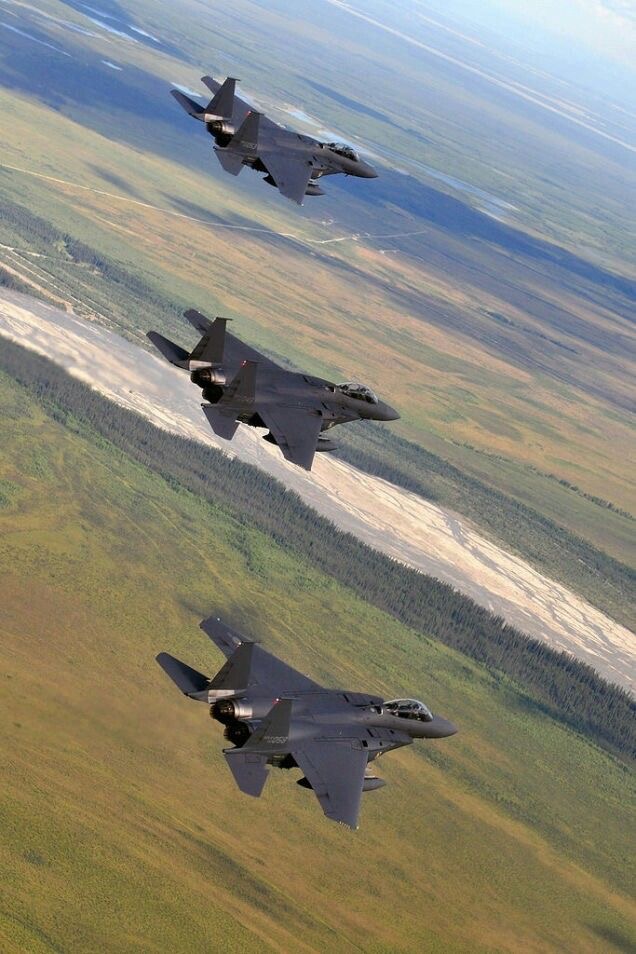Fighter jets represent the pinnacle of aviation technology, combining speed, agility, and firepower into machines designed to dominate the skies. Since their introduction in the early 20th century, these aircraft have played a decisive role in warfare, national defense, and even in shaping international power balances. They are not merely planes; they are symbols of technological advancement, strategic strength, and national pride.
The origins of fighter jets can be traced back to World War I, when pilots first engaged in aerial combat using small, lightly armed planes. By World War II, the concept had advanced dramatically, with iconic fighters such as the Supermarine Spitfire, Messerschmitt Bf 109, and North American P-51 Mustang demonstrating how crucial air superiority could be to victory. The end of the war saw the arrival of jet propulsion, changing air combat forever. Aircraft like the Messerschmitt Me 262, the world’s first operational jet fighter, proved that the future of warfare was in jet-powered speed and maneuverability.
In the Cold War era, fighter jets became central to the rivalry between superpowers. The United States and the Soviet Union invested heavily in designing faster, deadlier, and more versatile aircraft. American jets like the F-86 Sabre and later the F-4 Phantom II clashed indirectly with Soviet designs such as the MiG-15 and MiG-21 in conflicts around the globe. Each technological leap pushed the boundaries of performance—introducing supersonic speeds, radar-guided missiles, and advanced avionics. The dogfights over Korea and Vietnam showcased how these machines could tip the balance in regional conflicts.
Modern fighter jets go far beyond speed and guns. Today’s fifth-generation fighters, such as the American F-22 Raptor and F-35 Lightning II, or Russia’s Su-57, integrate stealth technology, supercruise capability, advanced sensors, and networked warfare systems. These aircraft are designed not only to outmaneuver enemies but also to avoid detection entirely, striking before an opponent even realizes they are there. They represent a shift from traditional close-range dogfighting to long-range precision engagements, supported by artificial intelligence and data-sharing with other military assets.
Beyond combat, fighter jets also serve as deterrents. Nations that operate advanced air forces project power and discourage aggression. Their presence can reassure allies and warn adversaries, reinforcing a country’s strategic influence on the world stage. Fighter jets often appear in military exercises, air patrols, and even humanitarian missions where air superiority ensures the safety of ground operations.

At the same time, these aircraft are symbols of human ingenuity. They push the limits of engineering, requiring mastery of aerodynamics, propulsion, materials science, and computer systems. Pilots who fly them undergo years of intense training, combining technical skill with lightning-fast decision-making. The relationship between pilot and machine is unique, blending human instinct with cutting-edge technology to achieve dominance in the sky.
Looking forward, the future of fighter jets may include even more revolutionary changes. Unmanned combat aerial vehicles (UCAVs), hypersonic aircraft, and AI-assisted fighters are already being tested. While the fighter jet of tomorrow may look very different from today’s, its mission will remain the same: to secure the skies and provide a decisive edge in defense and conflict.
In conclusion, fighter jets are more than weapons—they are embodiments of national power, innovation, and courage. From their humble beginnings in World War I to today’s stealth-dominated battlefields, these aircraft have defined modern warfare and continue to shape the way nations defend themselves. As technology evolves, so too will the fighter jet, ensuring that it remains a critical tool in both war and peace.




